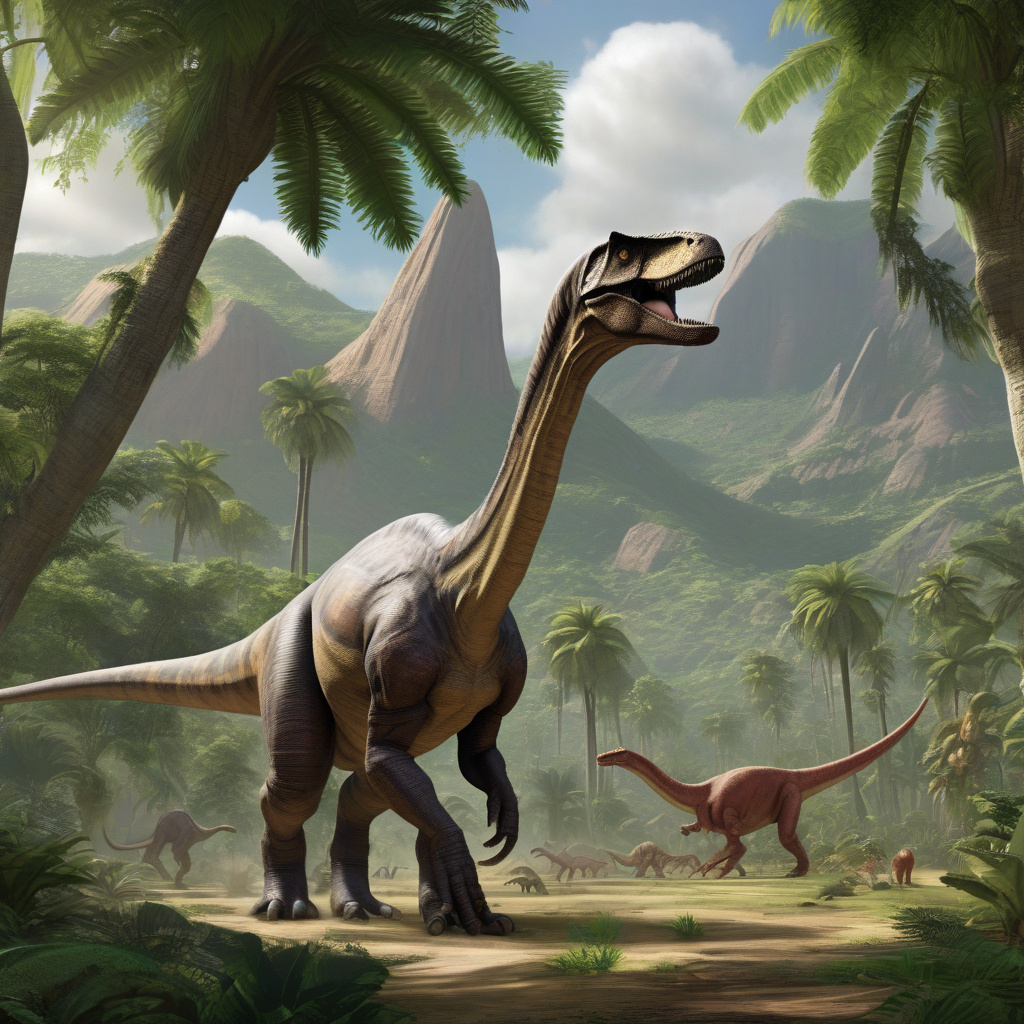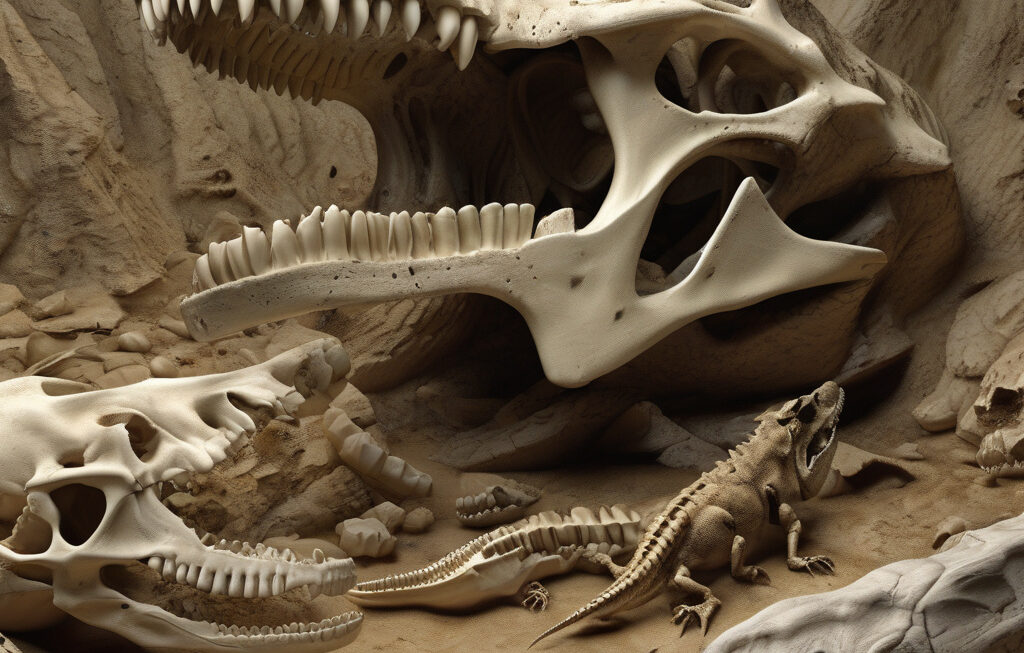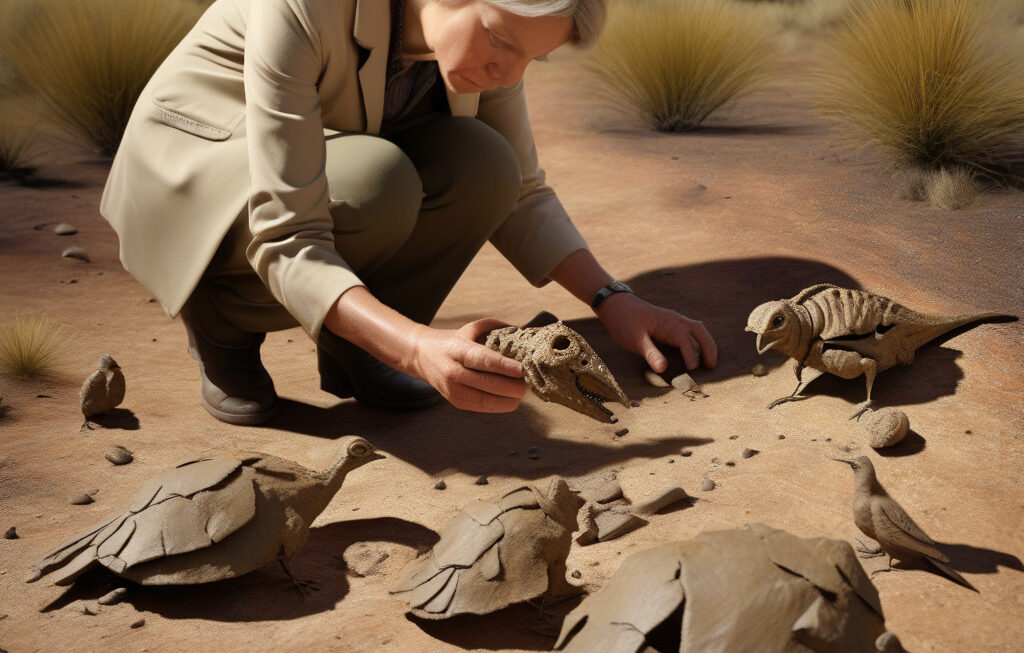Dinosaurs Were Much Slower Than Fossil Track Calculations Suggested, Shows Study
While fossil trackways are widely used to estimate the speed of extinct animals, especially dinosaurs, a recent study has challenged the conventional understanding of how fast these prehistoric creatures could actually move. The research, conducted by a team of paleontologists and biomechanics experts, analyzed trackways left by various dinosaur species and compared them to the animals’ skeletal structures. The results were surprising, indicating that dinosaurs may have been much slower than previously believed.
One of the key findings of the study was that the size and weight of dinosaurs played a significant role in their speed capabilities. Larger dinosaurs, such as the mighty Tyrannosaurus Rex, were likely slower due to their massive bodies and the limitations imposed by their biomechanics. On the other hand, smaller and more agile dinosaurs may have been faster than previously thought, as their skeletal structures were better suited for rapid movement.
For example, the iconic Velociraptor, made famous by the Jurassic Park movies, was estimated to be much swifter and more nimble than its on-screen portrayal. By analyzing fossil trackways attributed to Velociraptors, researchers were able to determine that these dinosaurs were not as fast as commonly depicted. While still quick compared to many other dinosaurs, their top speeds were likely lower than what has been traditionally assumed.
This new understanding of dinosaur speeds has far-reaching implications for our perception of these ancient creatures. It challenges long-held beliefs and forces us to reevaluate our depictions of dinosaurs in popular culture. No longer can we simply assume that all dinosaurs were lightning-fast predators or lumbering giants. Instead, we must recognize the diversity of speeds and movement capabilities that existed among different species.
The study also highlights the importance of using multiple lines of evidence to reconstruct the behavior and physiology of extinct animals. While fossil trackways are valuable sources of information, they are just one piece of the puzzle. By combining trackway data with biomechanical analyses and other scientific methods, researchers can paint a more accurate picture of how dinosaurs lived and moved millions of years ago.
In conclusion, the recent study on dinosaur speeds serves as a reminder that our understanding of the past is constantly evolving. It is essential to question assumptions, challenge existing theories, and seek out new evidence to refine our knowledge. By doing so, we can gain a deeper appreciation for the incredible diversity and complexity of the prehistoric world, including the fascinating creatures that once ruled the Earth.
dinosaur, speed, fossil, study, paleontology












